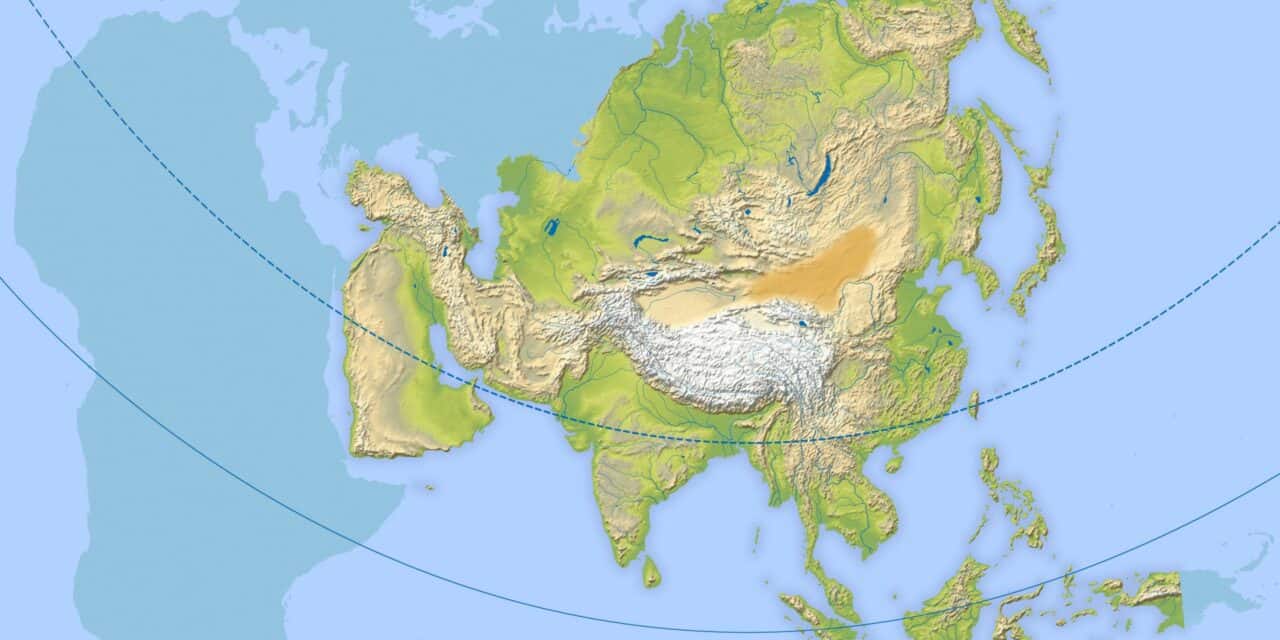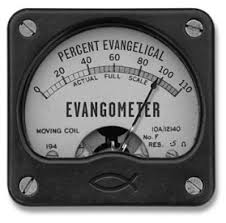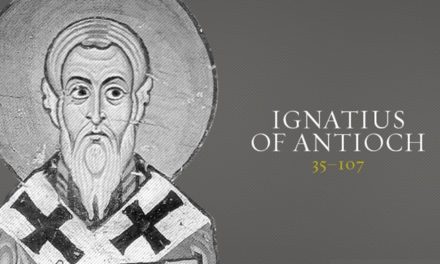This episode of CS is titled, Back in the East – Part 2
Last time we took a brief look at the Jesuit missions to the Far East; namely Japan, China, Vietnam and India.
We encountered the revolutionary approach to mission work of Alessandro Valignano and his spiritual heirs, Michele Ruggieri and Matteo Ricci. Their accomodationist approach to evangelism, where the Gospel was communicated by seeking to build a cultural bridge with the high civilizations of the Far East, was officially suppressed by Rome, even though it had amazing success in planting a healthy and vibrant church. So healthy was the Church in Japan it came under fire from a fierce resurgence in Japanese nationalism that expelled the Jesuits and persecuted the Church, driving it underground.
From the dawn of the 17th C, both Dutch and English trading interests moved into Asia. Their commercial and military navies dominated those of other European nations.
The Dutch established bases in Indonesia and created a center at Jakarta. The Dutch East India Company was founded in 1602, and carried the Dutch Reformed Church to the East Indies. But don’t think this means the Dutch conducted missionary work among indigenous peoples. It merely means they carried their religious institution with them and built chapels so Dutch nationals had a place to worship when doing business there. Any converts from among the native population was by accident, not any kind of planned outreach. Dutch interests in the Far East were exclusively commercial.
The English equivalent of the Dutch East India Company was, the creatively named à English East India Company. Though the directors of the Company were suspicious of missionaries, they appointed chaplains to their trading communities. This provided an opening for those with missionary vision in England and India, such as Parliamentarian William Wilberforce and Charles Grant, an employee of the company.
Two outstanding East India Company chaplains were Henry Martyn and Claudius Buchanan. Martyn was a leading Cambridge intellect and winner of numerous academic prizes. He and other Cambridge students were influenced by the long ministry of Charles Simeon, whose preaching urged that the Gospel be taken to All Peoples. Martyn was a brilliant linguist and translator. He was appointed a chaplain in 1805, translated the NT into Urdu and Persian and prepared an Arabic version before his early death from tuberculosis at 31. His Indian assistant, Abdul Masih, converted from Islam to become a Christian missionary and advocate of the Faith. He was ordained in 1825 as the first Indian Anglican clergyman. Many others were inspired by Martyn’s life of scholarship and devotion.
William Carey, often regarded as the father of Protestant English missions, was both a shoemaker and Baptist preacher in Northamptonshire. He arrived in India in 1793. He was soon joined by 2 other Baptist giants, Joshua Marshman and William Ward, making what came to be known as the ‘Serampore Trio.’ Serampore being the region where they lived and worked. The trio greatly admired the Moravians and shaped their community on the Moravian model.
Carey’s passage to India had been denied by the East India Company, the de facto government of English holdings in India, with their own hired army enforcing their will on the regions they operated. That would be like Amazon being the City Council and Law Enforcement for Seattle. Later British colonies and India came under control of the Crown. The East India Company opposed Carey’s plan to take the Gospel to the Indians. Chaplains for the British in India was fine, but they didn’t want to foment hostility with the faiths of their trading partners. Carey had ONE goal in going to India; to evangelize the lost. His passion to raise support in England for foreign missions led to his being derided by critics like Sydney Smith, a clergyman and author of satire who wrote for the Edinburgh Review.
But by steady perseverance, monumental labor at biblical translation, longsuffering through family tragedies and the loss of precious manuscripts by fire, Carey faced down all critics, became Professor of Sanskrit at Fort William College and earned the accolade from Bishop Stephen Neill, himself a missionary in India: “In the whole history of the Church, no nobler man has ever given himself to the service of the Redeemer.”
For North Americans, an equivalent figure to Carey as a pioneer was the great missionary to Burma, Adoniram Judson. Judson received his inspiration to become a missionary from reading the sermons of Claudius Buchanan in 1809. After ordination as a Congregationalist minister, he applied to the American Board of Commissioners for Foreign Missions. On his voyage to India, he and his wife adopted a Baptist statement of Faith. On arrival in India he was baptized, having made his change of mind known to William Carey. He was refused permission to work by the East India Co as a Baptist missionary in India but began work in Rangoon in 1813. His work among the Karen people met with rousing success. The first Karen to be baptized was Ko Tha Byu, who came from a background of violent crime. Byu became a notable evangelist. The Karen became the largest Christian group of the region. In modern Myanmar they number 200,000 Christians in over 1,000 churches. Judson himself became a missionary icon and hero in mid-19th C North America.
China closed its doors to foreigners of all kinds after imperial edicts against Christian preaching in 1720. Robert Morrison was the lone Protestant missionary from 1807, often at risk of his life. Although the East India Co was hostile to his mission, in 1809 he was employed by them as an interpreter so he could remain on Chinese soil. With the help of William Milne, he translated the entire Bible into Chinese and created a Chinese dictionary, which became a standard work for language studies. He and Milne founded an Anglo-Chinese school in Malacca.
But any missionary incursion into wider China was impossible until the treaties of the mid-19th C opened the country by slow degrees.
First, the so-called ‘treaty ports’ became accessible in 1842 in the Treaty of Nanking, forced on China by British commercial interests. The Chinese were desperate for opium from India, supplied by the British, a major source of revenue.
A bit later, the Treaty of Tientsin opened the interior to missionaries, preparing the way for the China Inland Mission.
James Hudson Taylor was born in Yorkshire, England to a devout Methodist family. He trained as a doctor, but, before he qualified, offered himself as a missionary to the China Evangelization Society. Because of the political conditions in China during the pro-Christian Taiping Rebellion, he was sent to Shanghai in 1853.
Hudson Taylor was inspired by Karl Gutzlaff, who’d travelled to the Chinese interior between 1833-9 as a freelance missionary.
Gutzlaff was a German educated at a Moravian school. Drawn to the Far East by the urge to see China won to Christ, he began with the Netherlands Missionary Society in 1824 by serving in Thailand where he translated the Bible into Thai in just 3 years.
In 1828 he broke with Netherlands Missionary Society because they wouldn’t send him to China. From his perspective, that’s why he was in the Far East. So, he became a freelance missionary, distributing Christian literature along the coast. He became an interpreter for the East India Co in Shanghai and helped negotiate the Treaty of Nanjing. He recruited Chinese nationals as evangelists to the interior and raised funds for their support through his writings in Europe, only to find that many of his recruits had deceived him and taken the money for other purposes. Although discredited in the eyes of some, Gutzlaff’s strategy of using nationals as Christian workers was sound. No one doubted his missionary zeal. Hudson Taylor looked on him as the ‘grandfather’ of the China Inland Mission and its work in the interior provinces.
Hearkening back to the accomodationist policy of Valignano, Taylor experimented with identification in Chinese dress and the ‘queue’; that is, the pigtail hairstyle worn by Chinese men. But Taylor caught grief from other members of the missionary community, by his “going native” as it was called. In 1857, he resigned from the China Evangelization Society he’d been working with. Stirred deeply by the needs of the Chinese of the interior, Taylor founded the China Inland Mission in 1865, aiming to put 2 missionaries in each province, recently open to foreigners after the Treaty of Tientsin. He was now a fully qualified doctor and married to Maria Dyer, daughter of a missionary and a leader in her own right, he set out with a party of 16 from London to Shanghai in 1866, narrowly avoiding total loss by shipwreck.
From the beginning the CIM was to be a so-called ‘faith mission’, with no public appeals for funds; and its missionaries accepted the absolute, if gently applied, authority of Hudson Taylor, described by some as the ‘Ignatius Loyola of Protestant missions.’
The CIM came to number over 800 missionaries, including Methodists, Baptists, Anglicans, Presbyterians and others. It planted churches that had a membership of some 80,000 by 1897. The public profile of the CIM was greatly enhanced in the 1880s by the arrival of the “Cambridge 7”, 2 of whom were well-known sports heroes and popularized as making great sacrifices for the Cause of Christ. CT Studd was 1 of these, later to found of the World Evangelization Crusade and the Heart of Africa Mission, which worked in the Belgian Congo.
Hudson Taylor’s publication, China’s Millions, achieved a circulation of 50,000 and helped put the mission in front of the public. The society suffered heavily in the nationalist Boxer Rebellion of 1898 to 1900. A total of 200 missionaries, many of them Roman Catholic, and 30,000 Chinese Christians lost their lives. CIM lost 58 missionaries and several children. Even with this tragic set-back, the CIM continued to be an influential group under its 2nd director, Dixon Hoste, 1 of the Cambridge 7. In 1949 all missionary personnel were expelled by the Communists.
Hudson Taylor is described by the eminent Church Historian Kenneth Scott Latourette as “1 of the 4 or 5 most influential foreigners who came to China in the 19th C for any purpose, religious or secular.”






Great podcast, I’ve begun listening to it just last month and I’m already at 120+ episodes. I have a question though. How come, when it comes to talking about the spread of Christianity in the far east, there is almost no discussion of the Philippines? I notice this in your podcast, in Bruce Shelley’s book, in Paul Johnson’s book, in Diarmaid MacCulloch’s book (one measly paragraph), etc. It can’t be because it’s Catholic Christianity, since you discussed the Jesuit missions in Japan and East Asia. Are the millions of Christians in the Philippines worth less of a podcast episode than the few thousand Christians in Vietnam, Japan, and China in the 16-19th century?
I am a Filipino Methodist and I love Christian History. I have read those books I mentioned above, other seminary-level books on Church History and Historical Theology, even more books from Penguin’s History of the Church series, plus a few more by secular historians. Yet this huge Philippine-sized hole in popular Christian History books has been a sore point for me. Hey, we’re people too.
Dan,
Brother, I would love to cover that certainly fascinating chapter of the story, but like the rest of the guys, I just have not found source material. I fyou can steer me in the right direction, I’ll indeed take a look.
I was in the PI a little over a year ago speaking at a Pastors & Leaders conference and we’re sending a team over next week to do some medical missions. Then we have another group going in the Fall. We;ve planted 2 churches on Luzon.
Yeah, the lack of sources bothers me. You would think they would at least give half a book chapter to the exploits of Spanish missionaries in the PI. How they were able to convert local animist and muslim chieftains to Catholicism. How Filipino missionaries were martyred in Japan and Guam. How Filipino priests were instrumental in fostering the Filipino people to revolt from the Spanish rule. They could even mention the first Catholic university in Asia, established in 1611, the same year the KJV was published. Or the first Protestant church service in the Philippines celebrated in Manila Bay by an American Methodist pastor in 1898.
Glad to hear you’re active in Christian outreach here. Where in Luzon did you plant churches? Did you know that if you travel in the mountains of Nueva Vizcaya province, you’ll find an Assemblies of God church every 3-5 kilometers, all planted by Americans? And besides these churches are the equal number of Adventist and Foursquare church plants as well. You’d think it’s like every American missionary society set up shop there. 🙂
Dan,
Yes, there are a LOT of church missions church plants there.
We rejoice to see when Nationals step in to take them on as the lead pastors.
Our two are in Tipo, near Olongapo and in Laoag City